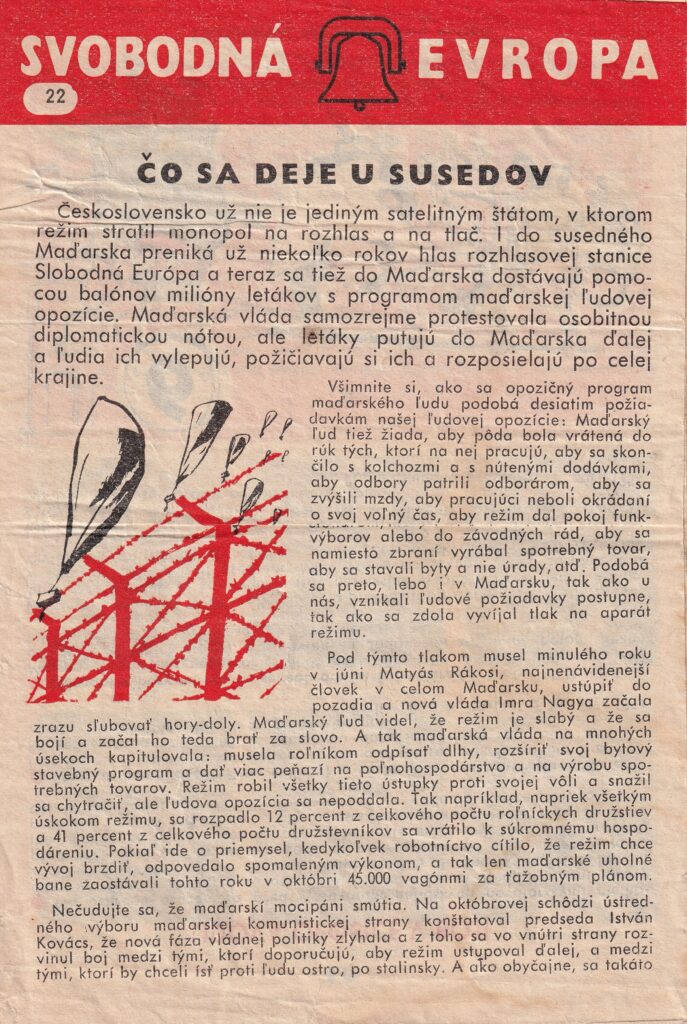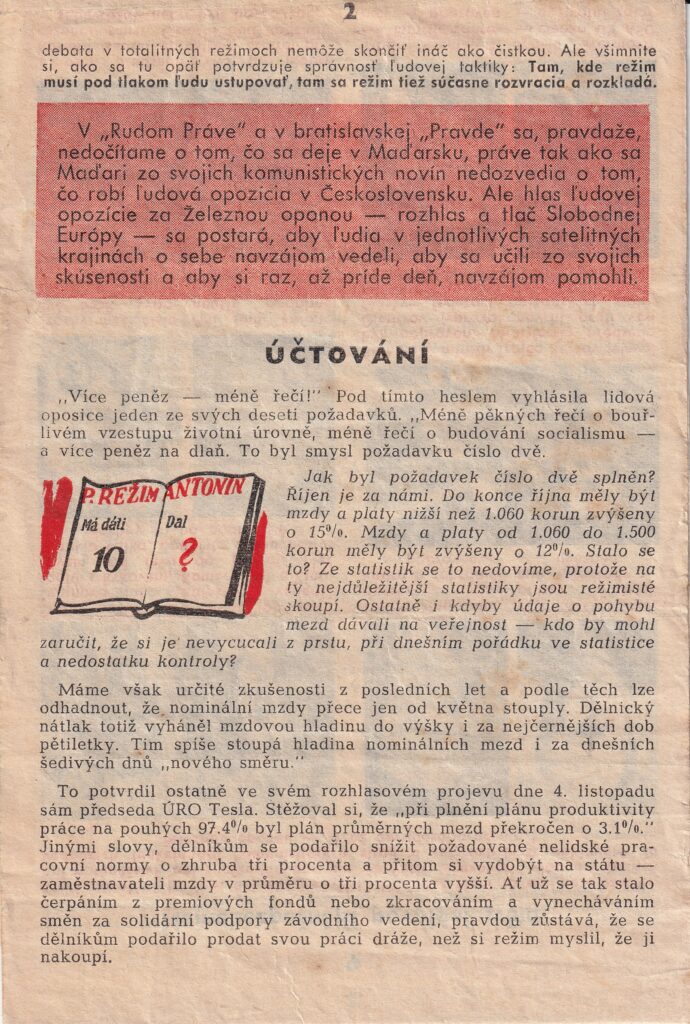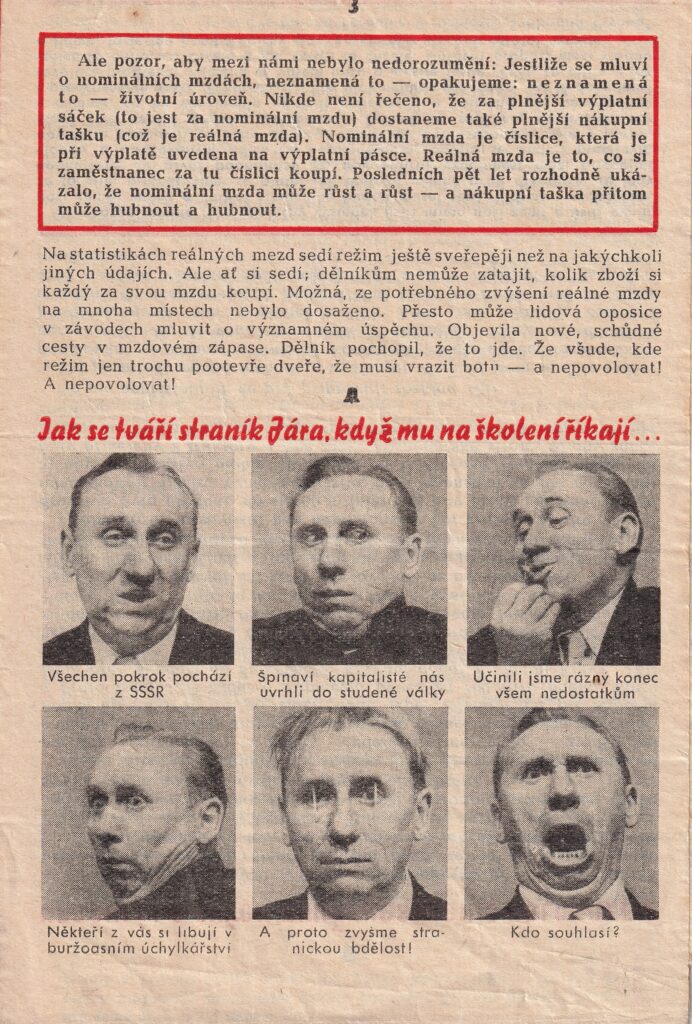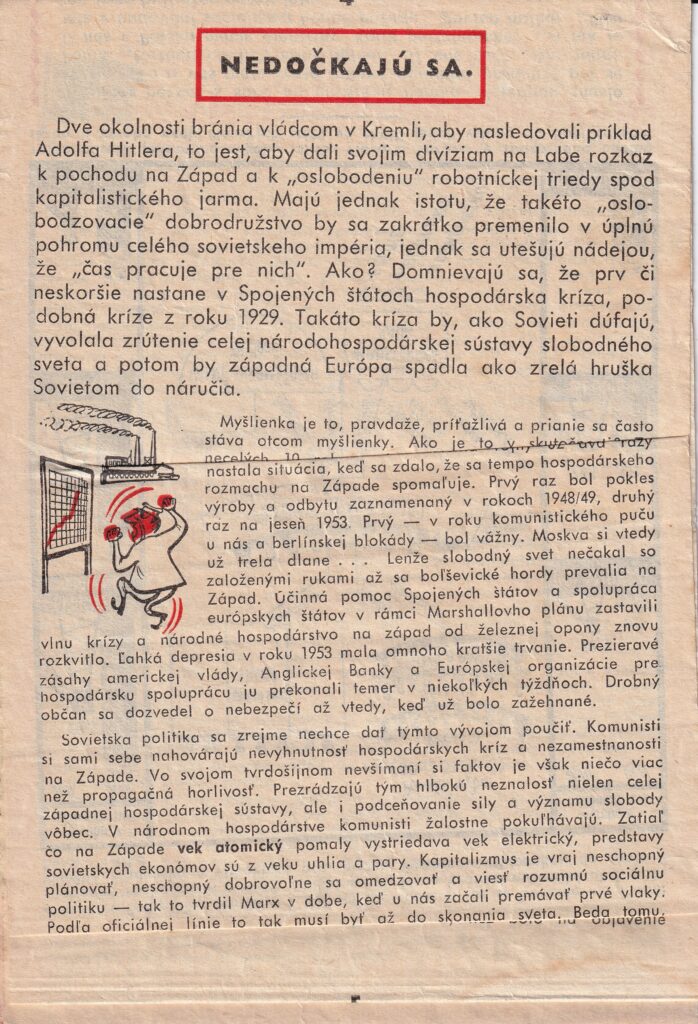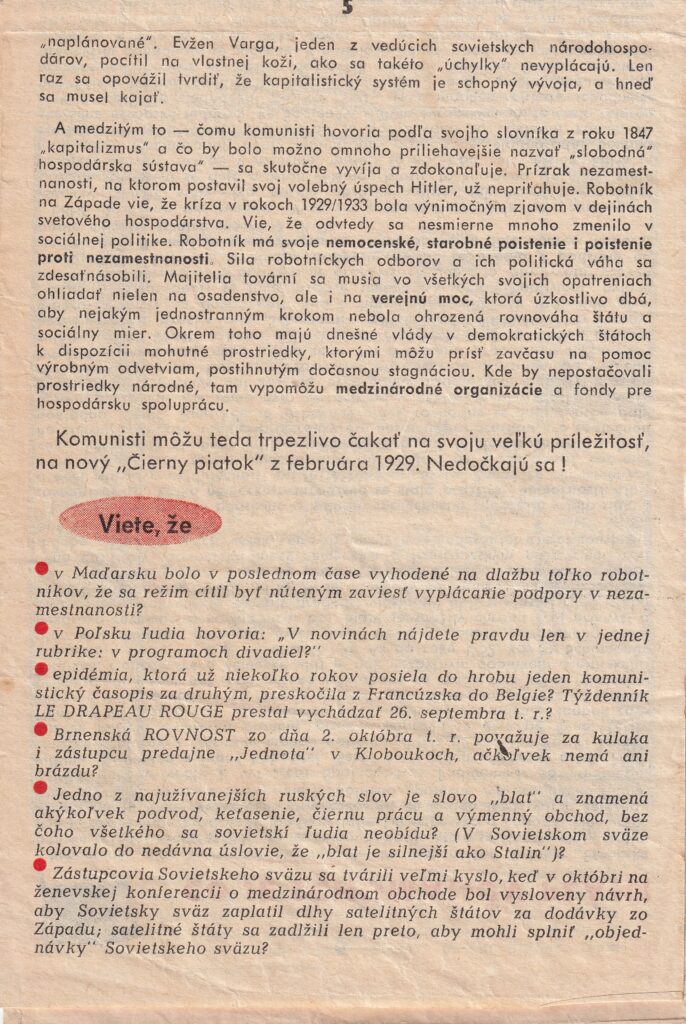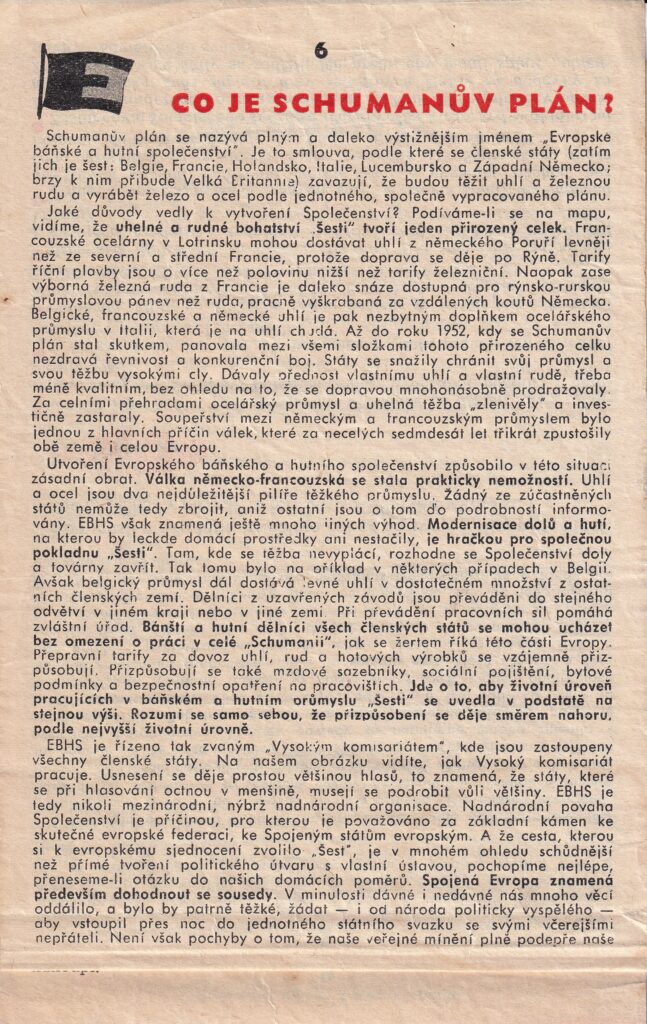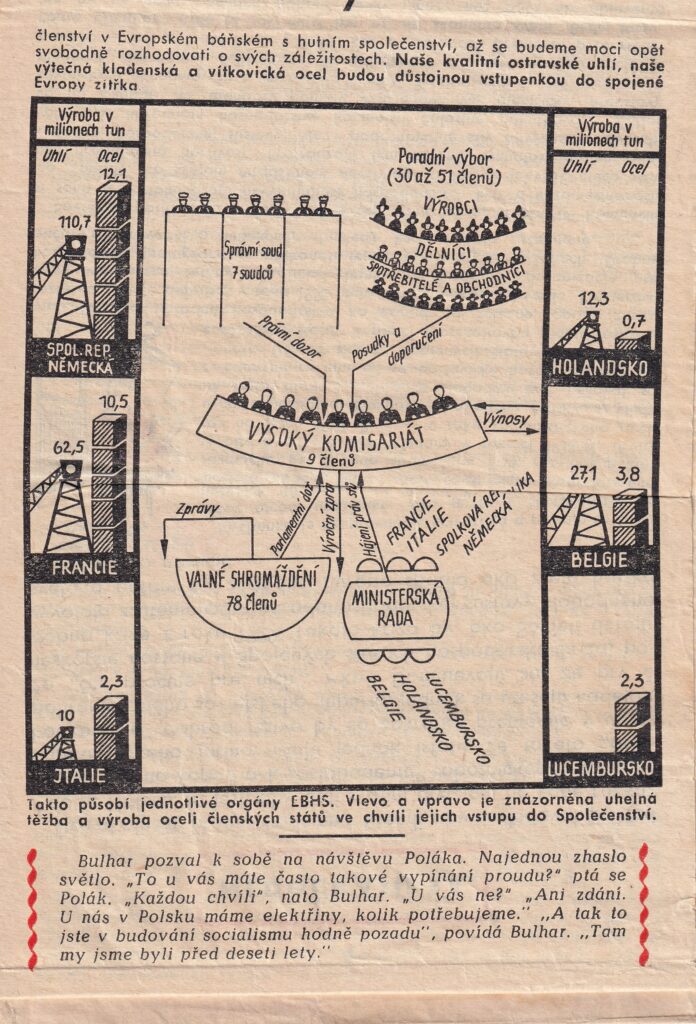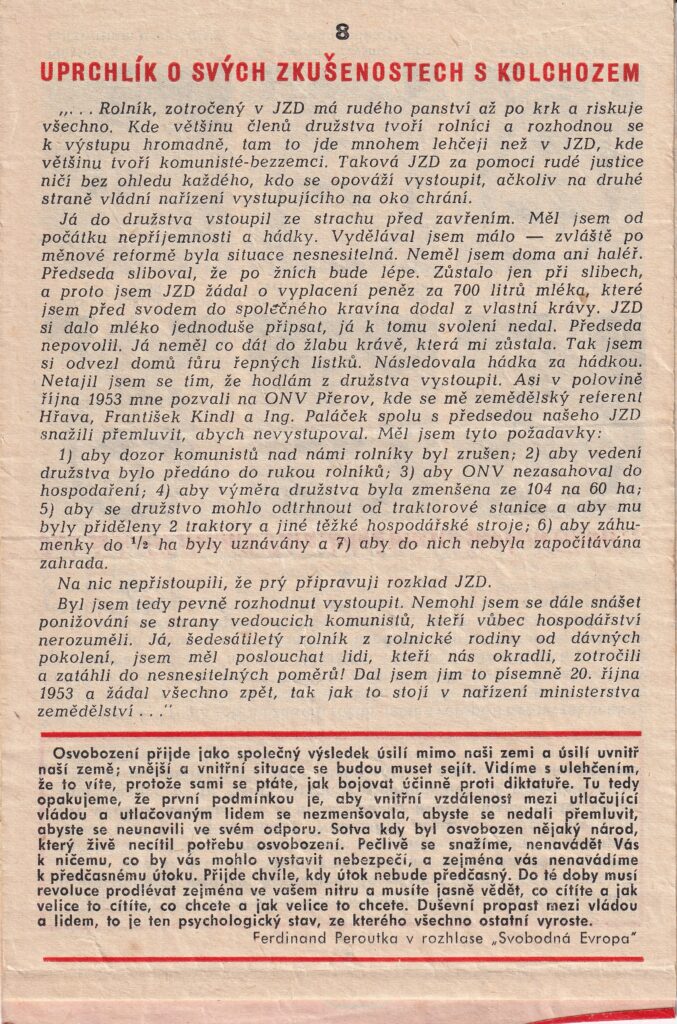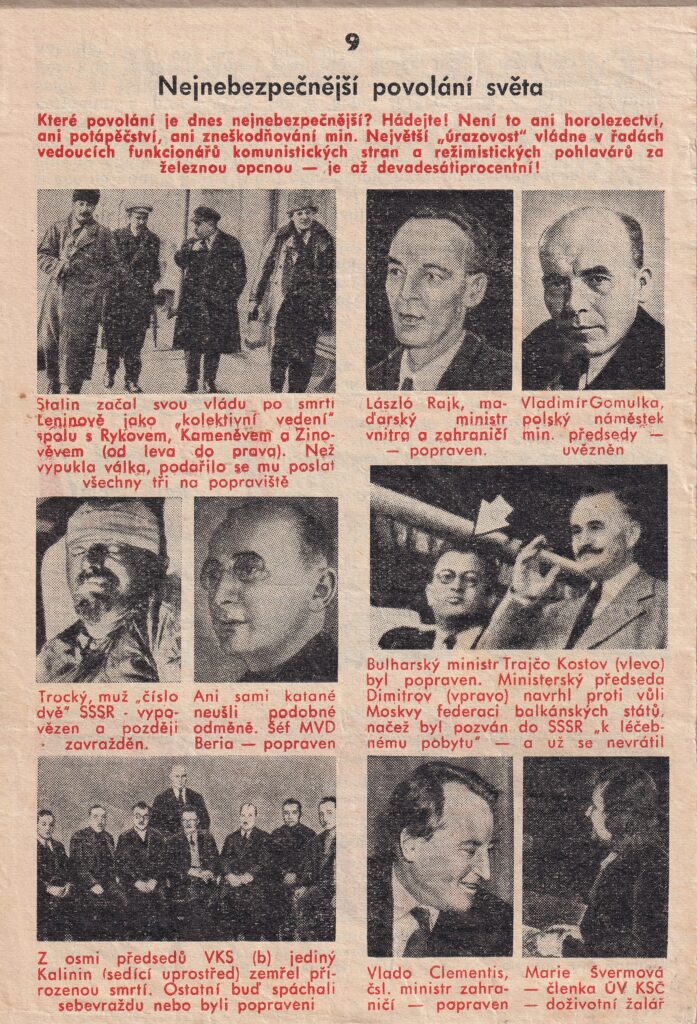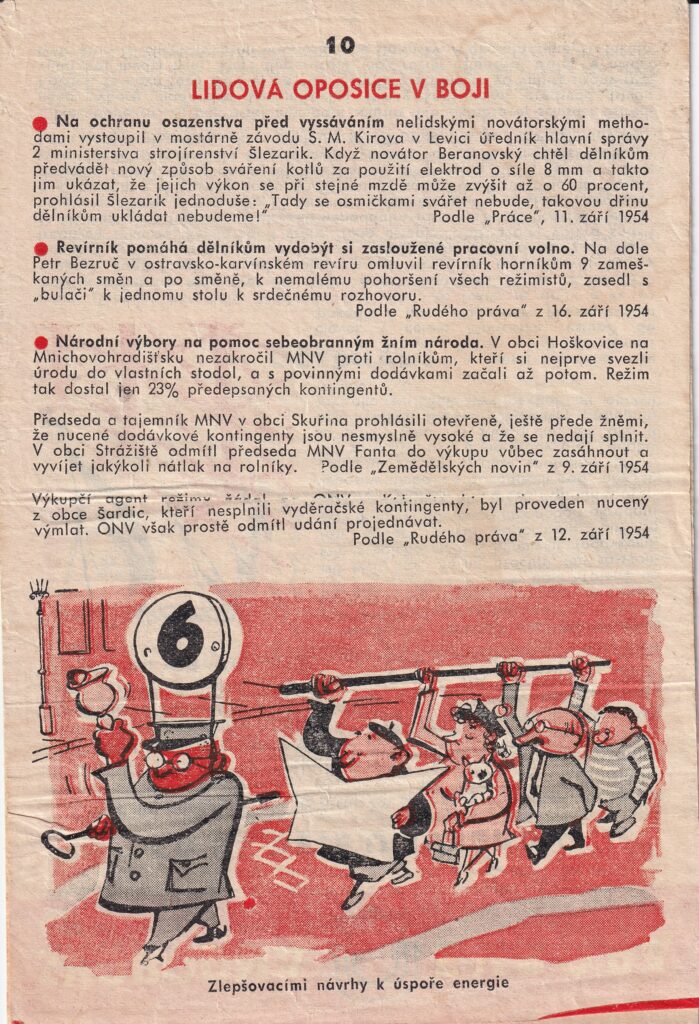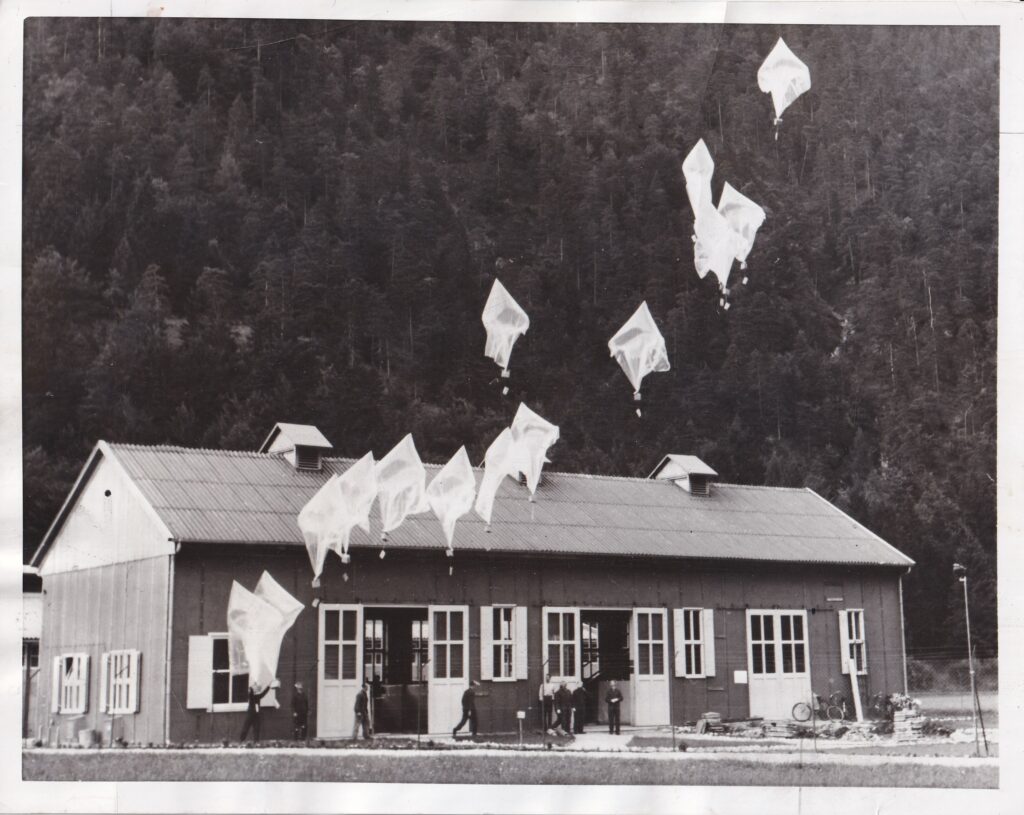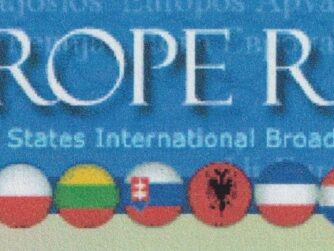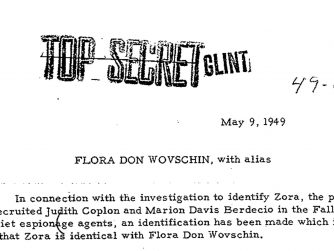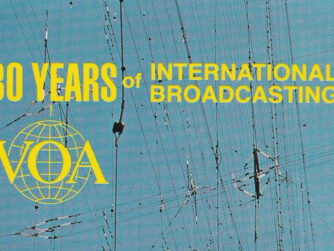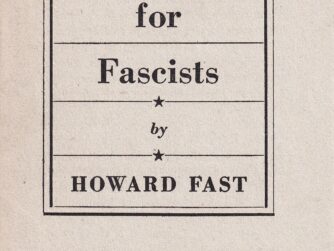By Ted Lipien for Cold War Radio Museum
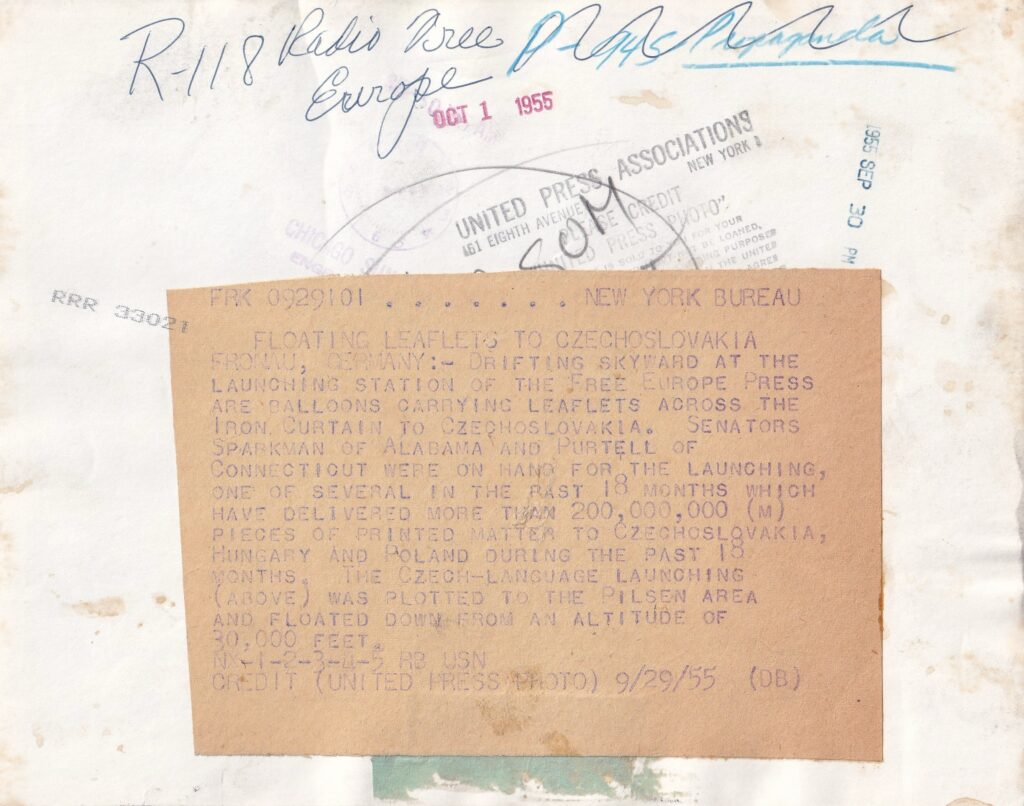
In his book Radio Free Europe’s “Crusade for Freedom: Rallying Americans Behind Cold War Broadcasting, 1950–1960,” Richard H. Cummings describes “Operation VETO” as an attempt by the Free Europe Committee and the Free Europe Press during the Cold War to encourage opposition to the Soviet-imposed regime in Czechoslovakia that would lead to the eventual peaceful liberation of the country from Communism due to internal protest activity.1 To help achieve these objectives, millions of leaflets were sent in the 1950s by balloons from West Germany to Czechoslovakia, and also to Hungary and Poland.
The Central Intelligence Agency (CIA) provided secret funding for Radio Free Europe and Radio Liberty for the first several decades of their existence, but private organizations, the National Committee for a Free Europe and the Free Europe Press, took credit for for organizing the leaflet campaign. The National Committee for a Free Europe supported Radio Free Europe through its “Crusade for Freedom” fundraising campaigns in the United States, but they did not provide anything approaching the amount of money needed for the station to stay on the air. Almost all of the funding came from the CIA.
The first balloons with pro-freedom leaflets to Czechoslovakia were sent on August 13, 1951, but during “Operation VETO,” launched in 1954, Radio Free Europe provided the content for the leaflets from interviews with refugees and extensive reviews of the Czechoslovak state media. The leaflet campaign was integrated with the Voice of Free Czechoslovakia broadcasts, the name then used by the Radio Free Europe Czechoslovak Service. The leaflet in the Cold War Radio Museum collection opens with the section Čo sa deje u susedov (“What is happening among our neighbors”), describing the opposition to Communism in Hungary.
